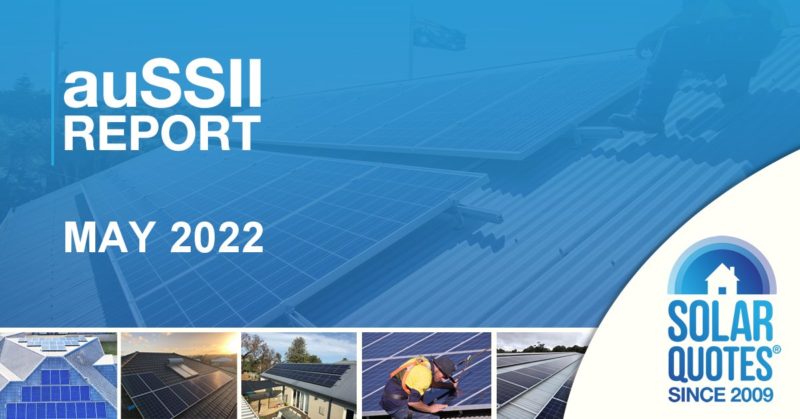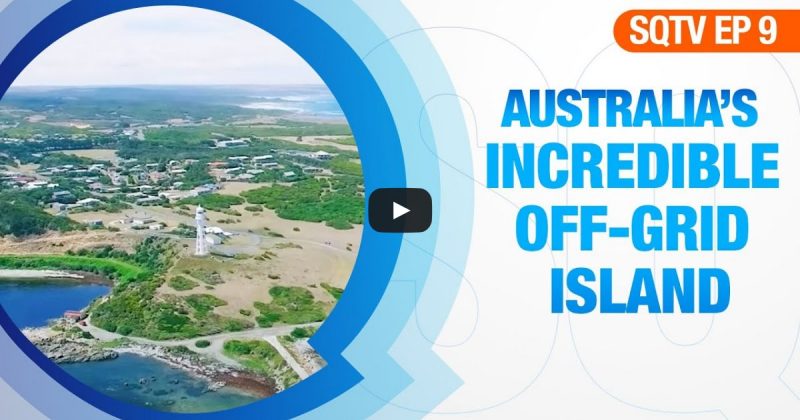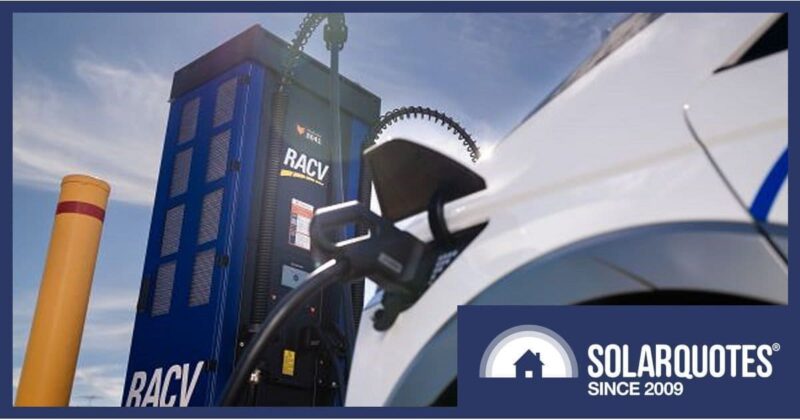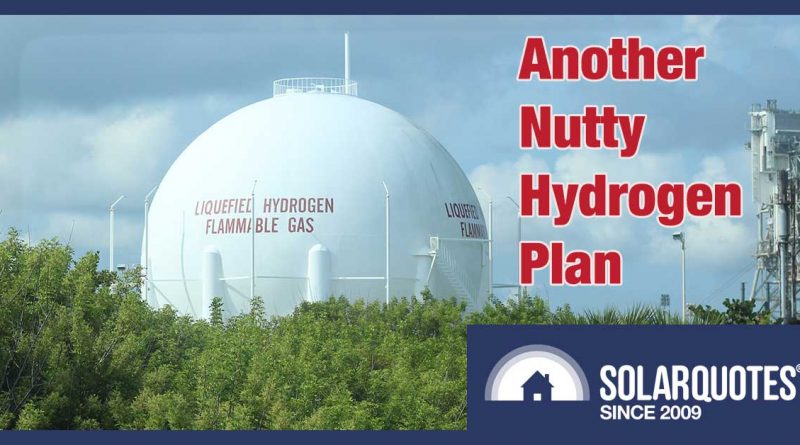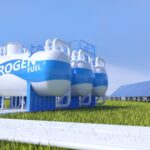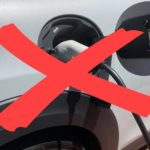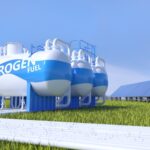SA Labor’s Hydrogen Hype: A Second Rate Plan For The First Element
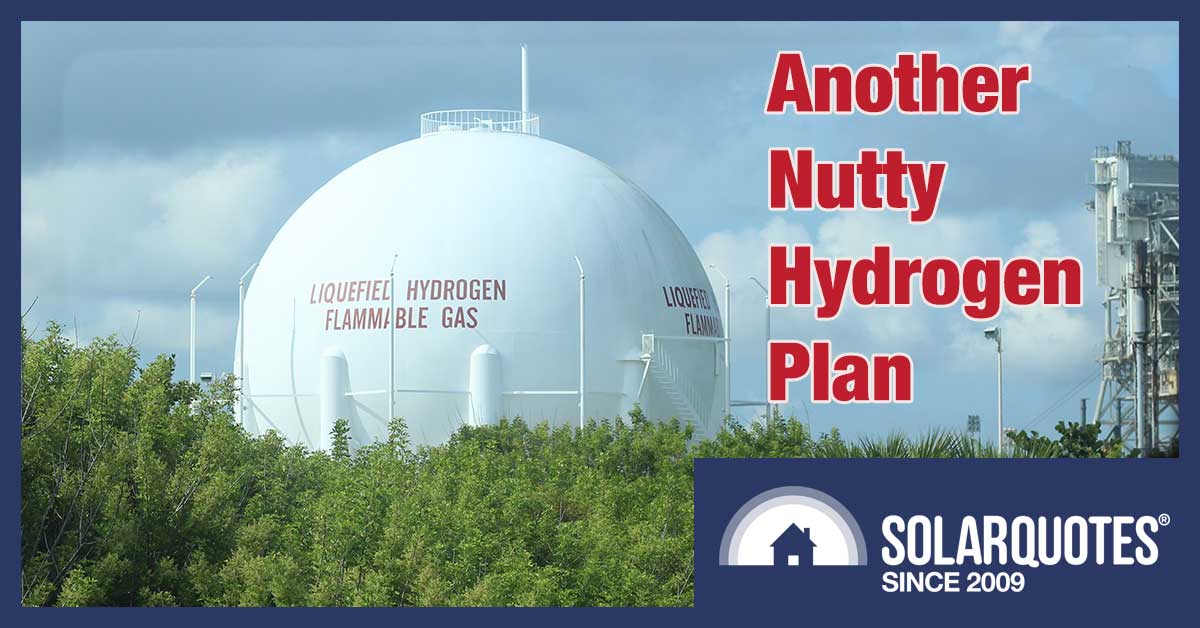
South Australian Labor clearly hope their new Hydrogen Plan can help them win back power in the March 2022 state election.
Will their huffing of hydrogen hype lift them higher than a zeppelin, or will it bomb?
Labor’s plan outlines how clean, green South Australian hydrogen will be…
- Produced
- Stored, and…
- Burned to generate electricity
The plan has a tight focus on burning hydrogen to generate electricity. Their goal is to build a hydrogen power station in South Australia.
In my opinion, this is a lousy idea that will only lose money. I’ll outline a better alternative, but first I’ll give details of their plan so you can decide for yourself if I’m full of hot air.
The Hydrogen Plan Nucleus
In a nutshell, SA Labor plans to spend $593 million to build 200 megawatts of dispatchable1 hydrogen generation. The fuel for this power plant will be produced and stored in South Australia. The plan also sells the vague hope of a hydrogen export industry years from now.
While it’s possible South Australia will export considerable quantities of hydrogen in the future, building a hydrogen power station that loses money isn’t a good way to increase the odds of that happening.
A Costly Project
You can read the hydrogen plan here. It won’t take long as there’s not a lot of detail in its 19 pages.
There are three parts:
- Electrolysers to produce hydrogen.
- Liquid hydrogen storage
- A hydrogen power station
This summary from the plan gives the cost of these components:
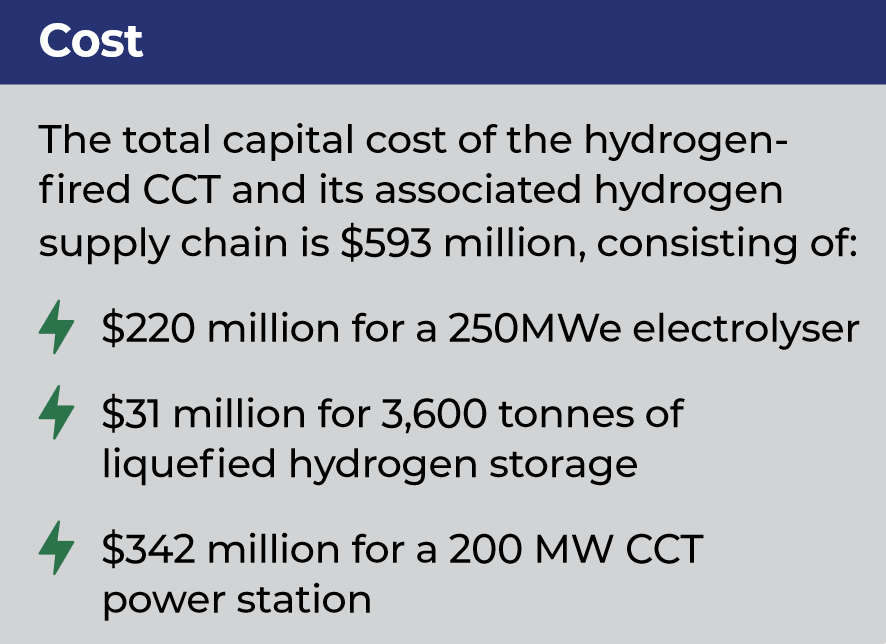
This is all scheduled to be completed by the end of 2025. So if State Labor — currently in opposition — wins the 2022 election, they’ll have around three and a half years to get the job done.
250 MW Of Bargain Basement Electrolysers
Electrolysers extract hydrogen from water, and enough of them will be built to draw 250 megawatts of power. The idea is they’ll operate when electricity is cheap.
Electrolysers can be 80% efficient. This means supplying them with 10 kilowatt-hours of electrical energy will produce hydrogen that will provide 8 kilowatt-hours of heat energy when burned. If hydrogen is used for electricity generation rather than just heat, there will be additional losses.
With a projected cost of $220 million, the electrolysers come to $880 per kilowatt. This is a lot better than the $1,000 a kilowatt figure that recently was considered optimistic for 2030. But at that price, I don’t expect them to be the highest efficiency electrolysers available.
A Crap Load Of Liquid Hydrogen Storage
Around $31 million will be spent on storage for 3,600 tonnes of liquid hydrogen. That seems cheap to me because it’s the sort of thing only space agencies have done before.2 Liquid hydrogen is not easy to produce or store. Hydrogen, whether liquid or gas, also embrittles many metals.
Liquid hydrogen is so light, one kilogram has a volume of 14 litres. This means 3,600 tonnes is 50 million litres. or 20 Olympic swimming pools. It’s also 34 times more than the hydrogen consumption of a space shuttle flight and 23 times what a Saturn V moon rocket required3.
While this will probably be more liquid hydrogen than anyone has ever had in one place, it’s still only 120 gigawatt-hours of thermal energy. This is 38% of the energy of the same volume of liquid natural gas (LNG). The world’s largest class of LNG tankers carry 194 times as much energy when fully loaded. (This is why they don’t allow smoking at Australia’s LNG export terminals.)
Liquification Efficiency
The highest possible efficiency for liquifying hydrogen is apparently 91%. But to keep the cost of the required equipment low, it’s more likely to be 77%.
If we assume a high efficiency of 80% for both electrolysis and liquification, then burning the liquid hydrogen will provide thermal energy equal to 64% of the electrical energy used to make the hydrogen. This means over one-third of the energy is lost by the time the hydrogen is stored in liquid form, and there will be further losses when it’s used to generate electricity.
If the hydrogen is stored for any length of time, there will be losses from refrigeration needed to keep it cold. These will be increased by the fact it sometimes gets warm in South Australia.
Enough For Two Months
If — including energy losses from liquifying the hydrogen — the electrolysers worked non-stop at 64% efficiency, it would take them 32 days to produce that much hydrogen. As SA Labor says, the 3,600 tonnes represents…
“…the equivalent of two months of hydrogen power generation.”
It suggests they expect the electrolysers to operate slightly over 50% of the time.
200 MW Hydrogen Power Station
There are two ways to generate electricity from hydrogen:
- Fuel cells, which are the opposite of electrolysers. They combine hydrogen with atmospheric oxygen to produce electricity and water.
- Burning it like natural gas.
While fuel cell efficiency can, technically, be fairly high, in reality, it’s typically around 50% or so. The Dutch fuel cell manufacturer Nedstack says they get 56% efficiency from theirs.
But the plan for SA is to burn the hydrogen in a Combined Cycle Turbine plant similar to many natural gas power stations. The efficiency of these typically ranges from 50-60%. Using liquid hydrogen can give a boost to efficiency due to its very low temperature. Still, the extra generation this allows isn’t free as a lot of energy has to go into liquifying it.
If the 200 megawatt hydrogen power station has 60% efficiency and operates non-stop, then 3,600 tonnes of stored hydrogen would be able to keep it operating for 15 days. If these figures are correct and 3,600 tonnes represents 2 months of hydrogen production, then the electrolysers will produce enough for the power station to operate at 25% of capacity, assuming it consumes all hydrogen produced. A 25% capacity factor is low, but not extremely so, for a small combined cycle gas power station.

I couldn’t find any good pictures of the first element, Hydrogen, so here’s one of the fifth element, Boron, who is clearly indicating Hydrogen by holding up one finger.
It’s An Expensive Power Station
At $342 million, the power station costs around $1,700 per kilowatt. That’s not cheap, but these days a conventional 200 megawatt combined-cycle natural gas power station would probably cost close to it. The fact it uses hydrogen rather than natural gas will add to the expense. This is because hydrogen is difficult to handle and, without precautions, will cause metal embrittlement, and that’s a bad thing to occur inside a huge turbine that spins 50 times per second.
These kinds of power stations have considerable operating costs even before fuel is included; for one this size, it may come to around 3 cents per kilowatt-hour generated. This report produced for the AEMO gives around 2.1 cents per kilowatt-hour for a considerably larger combined cycle gas power station operating at a much higher capacity factor, so we can expect the hydrogen power station’s cost per kilowatt-hour — not including fuel — to be considerably higher.
Hydrogen’s Horrible Efficiency
Lithium batteries can have a round trip efficiency of over 90%. That means if you charge one with 10 kilowatt-hours of electrical energy, you can get over 9 kilowatt-hours of electrical energy out.
Hydrogen-generated electricity has losses from:
- Electrolysing hydrogen
- Liquifying hydrogen
- Keeping liquid hydrogen cold while it’s stored and…
- Burning hydrogen in a combined cycle power station to generate electricity
SA Labor’s hydrogen energy storage plan’s overall round trip efficiency is likely to be 40% at best and is more likely to be under 35%. We will need more details than what the Hydrogen Plan provides to determine a precise figure.
Whichever way you look at it, having a total efficiency that at best is under half that of lithium batteries is lousy.
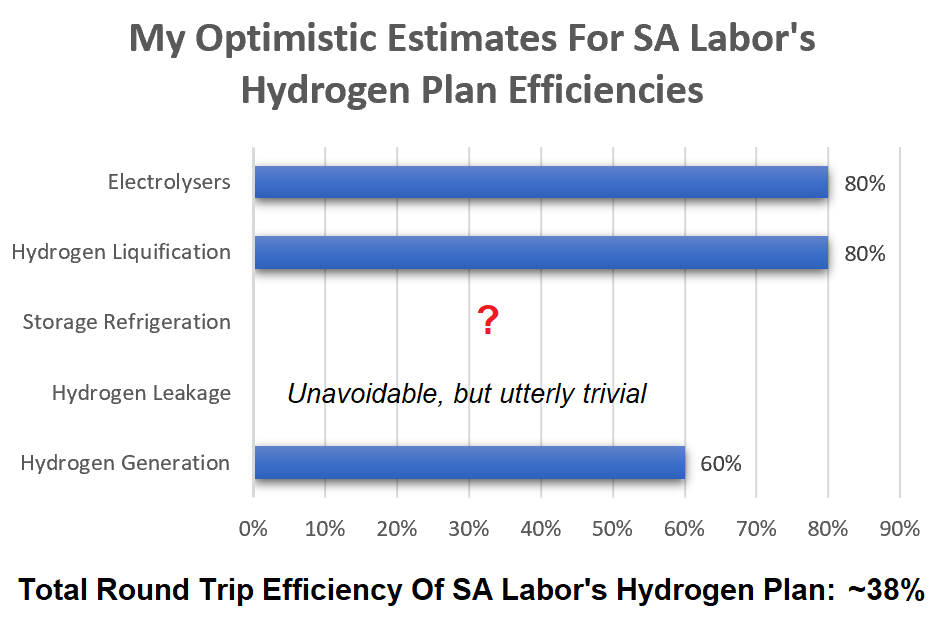
This graph gives my estimates for the various steps of the hydrogen plan. Ignoring the unknown losses from keeping up to 20 swimming pools of liquid hydrogen cold gives an overall efficiency of around 38%.
There Should Be Cheaper Alternatives
To sum up SA Labor’s Hydrogen Plan, in return for $593 million, South Australia will get a 200 megawatt power station that will operate around one-quarter of the time. Its fuel will be created using renewable energy but, at best, is only likely to supply 40% as much electrical energy as it consumes. This project is scheduled for completion towards the end of 2025.
This looks like a pretty awful plan to me because the cost of solar and wind generation and battery storage have been falling rapidly and are likely to be much cheaper by 2025. Battery packs for electric vehicles are now under $200 per kilowatt-hour. While there are other costs than just battery packs for large scale battery storage, I expect by 2025 it will be under $400 per kilowatt-hour.
It may be more cost-effective to instead use small scale battery storage in homes, businesses and vehicles. Still, to keep the comparison simple, I’m just going to look at large, utility-scale, big batteries.
Batteries Vs. Hydrogen
Assuming large scale battery storage is $400 per kilowatt-hour in 2025, rather than spending $593 million on SA Labor’s Hydrogen Plan, we could instead spend $560 million on 13,000 megawatt-hours of battery storage. This could…
- Supply far more power than the 200 megawatt hydrogen power station.
- When new, supply 200 megawatts of power for over 7 hours. This is more than the average amount of energy the hydrogen power station appears able to supply per day.
- Have far lower operating costs than the hydrogen power station4.
Only being able to supply 200 megawatts for a maximum of 7 hours may seem pretty weak compared to the hydrogen power station that could supply 200 megawatts for hundreds of hours non-stop.
But I haven’t mentioned one major benefit of using batteries…
- There would be an extra 1,800 megawatt-hours of electricity supplied to the grid each day5.
This extra energy is thanks to the higher efficiency of batteries and it would…
- Lower wholesale electricity prices.
- Increase electricity exports.
- Reduce fossil fuel generation and associated greenhouse gas emissions.
- Reduce the amount of energy storage required.
- Lower the cost of charging batteries.
- Encourage the uptake of home and business energy storage.
- Encourage the use of electric vehicles.
- Encourage private enterprise to carry out energy-intensive processes in South Australia. This may include hydrogen production.
Using batteries instead of hydrogen generation would provide all the advantages shown in the following graphic:
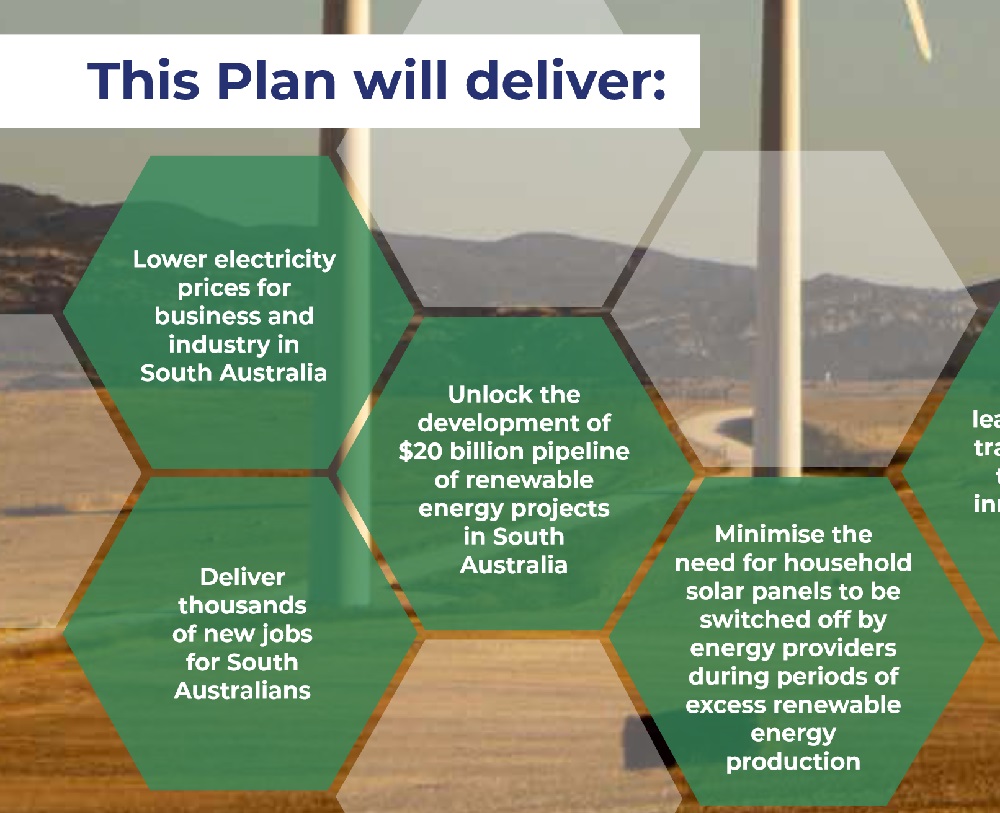
The graphic is actually from SA Labor’s Hydrogen Plan. I just cut off the one point specific to hydrogen. However, honesty compels me to point out that “new jobs” does not mean “additional jobs”. Something politicians never seem eager to point out.6
Cheap Renewables Eliminate The Need For Long Term Storage
Their Hydrogen Plan makes it pretty clear to me SA Labor hasn’t cottoned onto the fact the low cost of renewable energy means long term energy storage is not required. Provided we have enough energy storage and hydroelectric capacity to get us through a night of low wind and either extreme cold or extreme heat, that’s pretty much all we need. This is because it’s cheaper to build additional solar power and wind generation — and let some of the energy go to waste — than it is to build energy storage.
Solar and wind output is variable but very reliable — especially solar energy. I can’t remember a single day the sun hasn’t come up7 or where clouds blotted all light from the sky. Building additional generating capacity will:
- Reduce the need for energy storage.
- Reduce electricity prices.
- Help keep the energy storage that does get built charged.
- Preserve water in existing hydroelectric dams so it will be available when most needed.
There is no need to have energy storage equal to months, weeks, or even days of electricity consumption.
Scrap At Least 58% Of The Plan
I’ve mentioned hydrogen may have many potential uses in industry, aviation, and shipping. But the case for hydrogen electricity generation in Australia is weak. It is just dumb for Australia’s flagship hydrogen project to focus on an obviously weak application that has an excellent chance of being a massive waste of money.
If SA Labor wants to promote hydrogen, they should instead spend our money on something that has a reasonable chance of bringing in more cash than it costs. For example, exporting any SA-made hydrogen to somewhere where hydrogen-generated electricity makes more sense.
To the north, there are 126 million Japanese people with a government that says they’re interested in importing Australian hydrogen. They can make better use of hydrogen electricity than we can because…
- There’s six times more of them.
- They have far less land per person with less renewable energy resources.
- It gets bloody cold in winter.
- They already import a lot of fossil fuels from us.
If SA Labor can’t convince Japan to import Australian made hydrogen for electricity generation, then that’s a bloody good sign it won’t benefit us here.
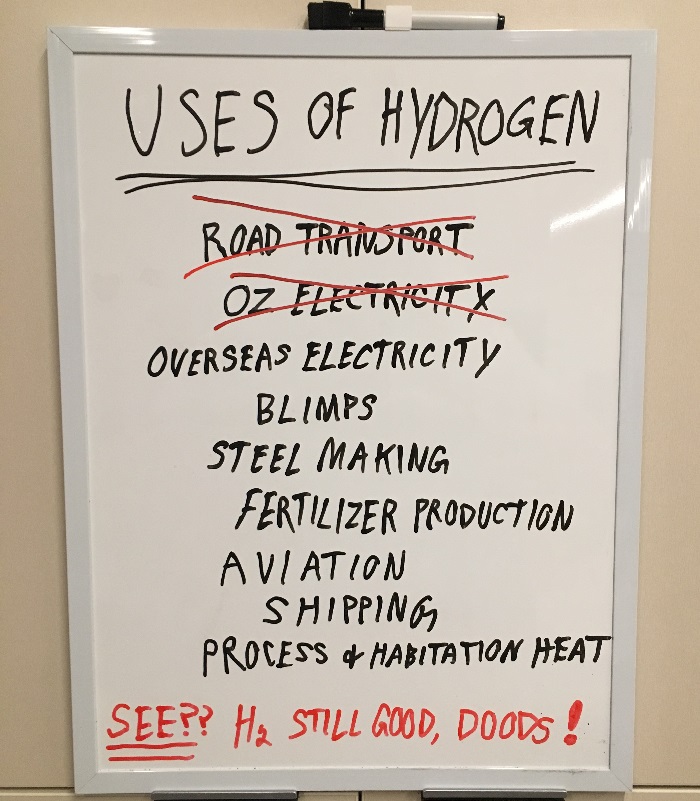
There’s still plenty of life in hydrogen. At least six more applications have to be crossed off before it goes to dead parrot land.
Footnotes
- Dispatchable power can be turned on when needed. Examples are coal, gas, hydro, pumped hydro, and batteries. Solar panels and wind turbines have variable outputs that depend on light or wind levels and so aren’t dispatchable.
- Even Elon Musk — or rather Gwynne Shotwell — isn’t using hydrogen for SpaceX rockets.
- When the Challenger shuttle exploded, around 92 tonnes of hydrogen were left in its external tank of the original 106 tonnes at launch. Despite using kerosene in its enormous first stage, the Saturn V moon rocket required even more liquid hydrogen at over 156 tonnes.
- While big batteries have operating costs, they are insignificant compared to those of a combined cycle gas power station.
- Approximately, on average
- Employment levels are, broadly speaking, determined by two main factors — the business cycle and structural factors. The majority of politicians don’t even know this, so it’s best not to believe them when they talk about jobs.
- Finn can, but that’s what you’d expect from a Finn.
Original Source: https://www.solarquotes.com.au/blog/sa-labor-hydrogen/
